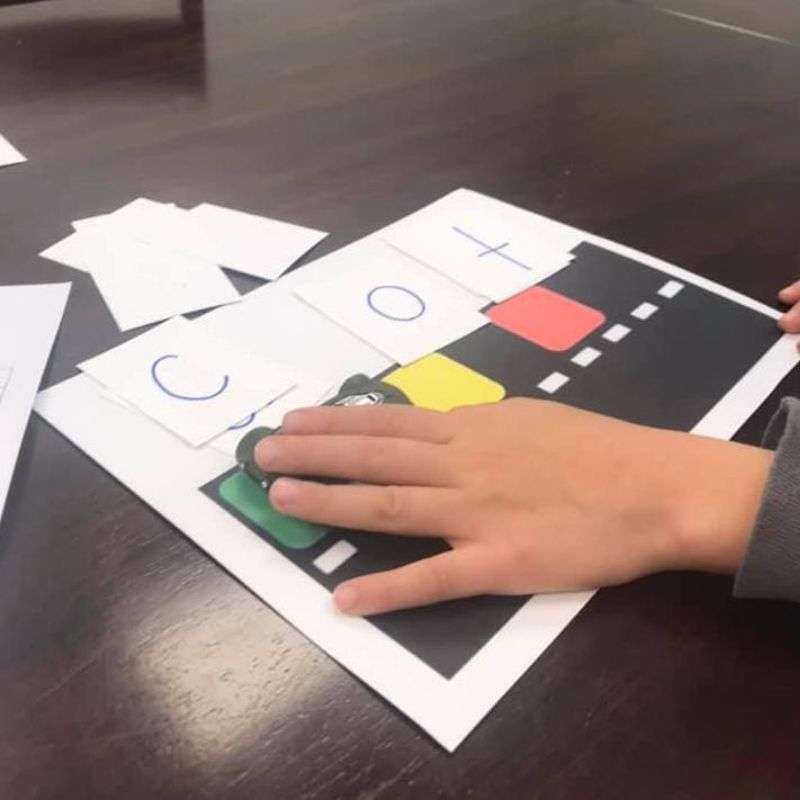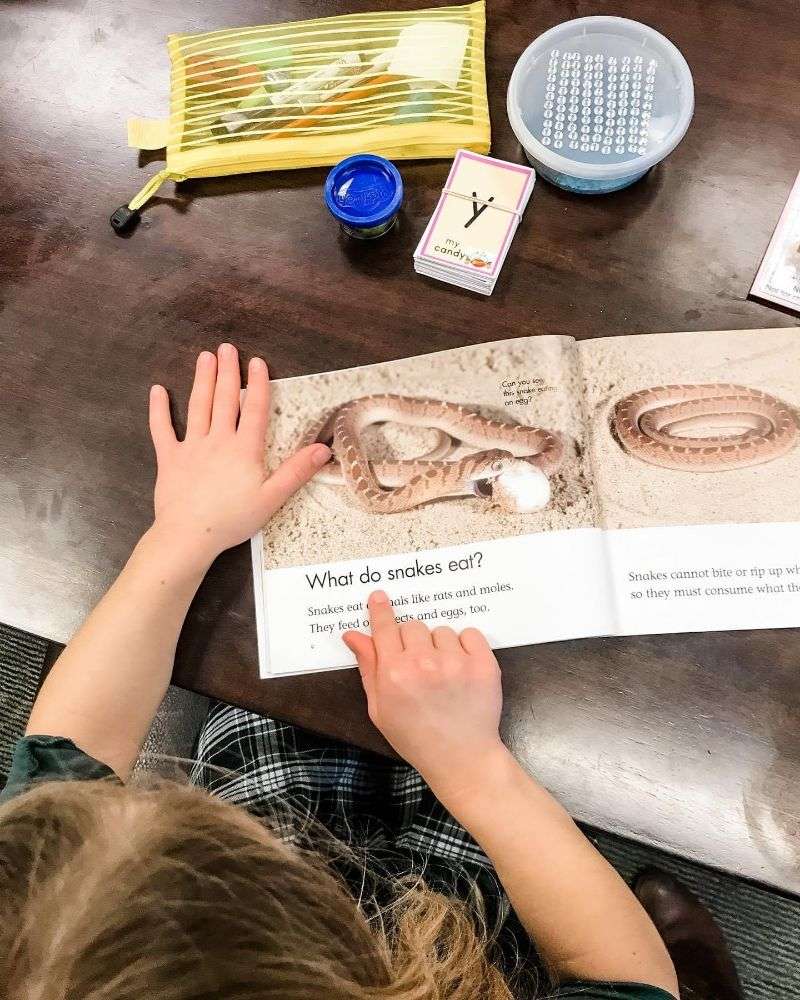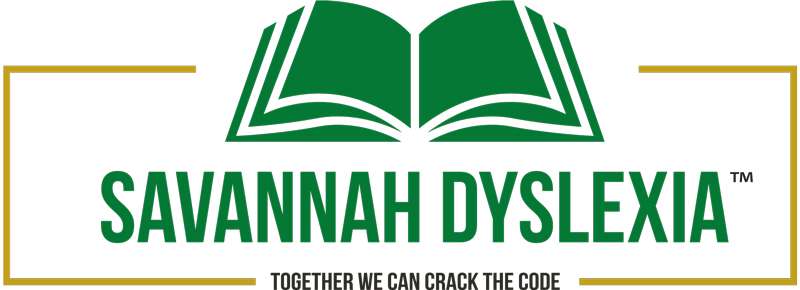You are probably visiting this site because you or someone you love is struggling to master the skills of reading and writing.
These skills are critical for success in school, work, and every-day life. Reading is not a natural process – it has to be learned. Some brains are “wired” to pick up these skills easily, some people need to work at it with typical effort, and 15% – 20% of people have moderate to extreme difficulties. Watching your bright, creative child fail at something other kids seem to do with ease is heartbreaking. With the right help, dyslexia and related reading problems can be overcome. You have taken the first step to learn about the skills that can be life changing.


What is Dyslexia? Definition of Dyslexia
Word Meaning
dys: difficulty with lexia: language
So basically dyslexia is a difficulty with language.
Simple Definition
“dyslexia: a reading difficulty in a child or adult who otherwise has good intelligence, strong motivation and adequate schooling.”
-Overcoming Dyslexia by Sally Shaywitz, M.D.
Detailed Definition
Dyslexia is a specific learning disability that is neurological in origin. It is characterized by difficulties with accurate and/or fluent word recognition and by poor spelling and decoding abilities. These difficulties typically result from a deficit in the phonological component of language that is often unexpected in relation to other cognitive abilities and the provision of effective classroom instruction. Secondary consequences may include problems in reading comprehension and reduced reading experience that can impede the growth of vocabulary and background knowledge.
– International Dyslexia Association
Why is reading so hard?


Why is multisensory instruction best?
The multisensory instruction method activates multiple areas of the brain and integrates the left and right brain hemispheres. This method, known as Orton-Gillingham, is structured, systematic, and cumulative.
Repetition builds neural pathways, and with more sensory input, those pathways become stronger. This is especially important for learners who haven’t learned through typical classroom methods.
Utilizing the multiple brain pathways that control hearing, seeing, speaking, and feeling increases the brain’s ability to learn and retain the information necessary to be a reader and speller. It is much like having a whole team working on the task, instead of a single player – especially helpful if some “players” are under-performing. Scientific research has proven that this instruction is the “gold standard” for helping struggling readers, and actually changes the way the brain functions.
